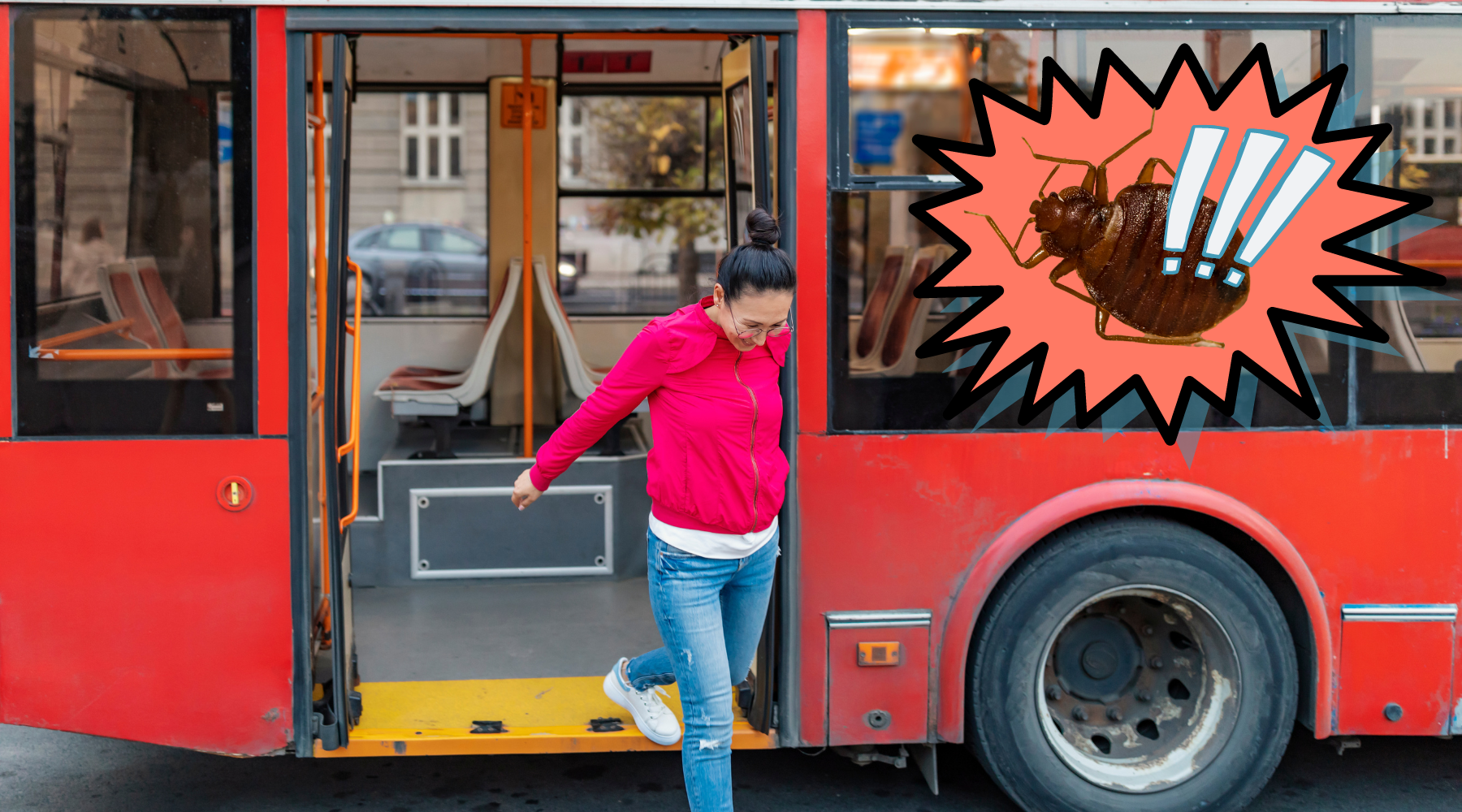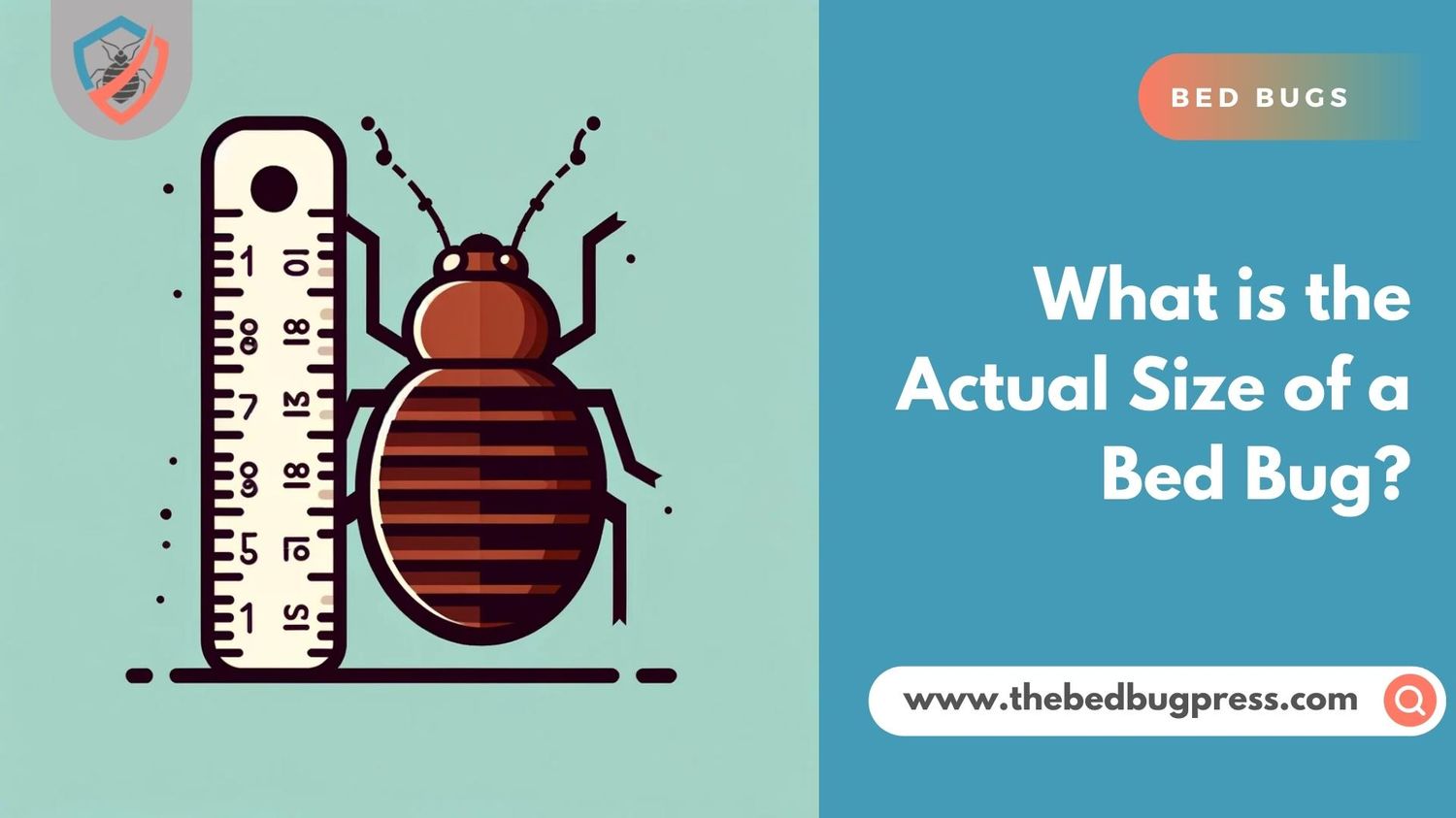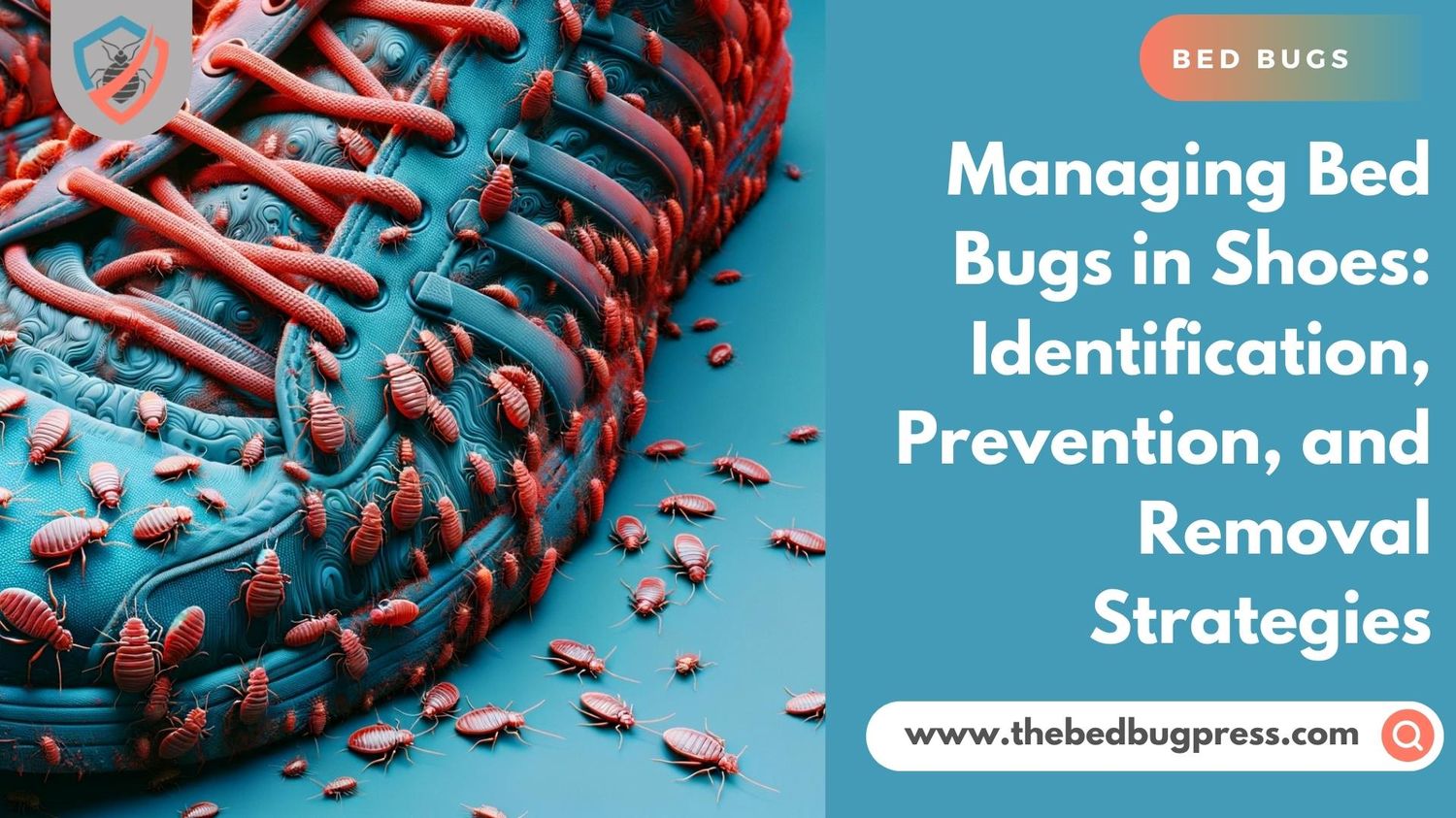Bed bugs have earned a reputation for their adeptness at infiltrating diverse settings and causing distress to unsuspecting individuals. Public transportation, including buses, is no exception to their potential presence. But the pressing question remains: Can you really acquire bed bugs from riding the bus?
In brief, the answer is yes. Bed bugs possess remarkable hitchhiking abilities, effortlessly latching onto clothing, bags, or personal belongings. Consequently, buses and other forms of public transportation serve as prime breeding grounds for bed bug infestations.
This comprehensive article aims to delve further into this subject matter, equipping you with the knowledge to identify, prevent, and address bed bug incidents encountered on buses. By understanding the nuances of bed bug control within this specific context, you can navigate public transportation with greater confidence and peace of mind.
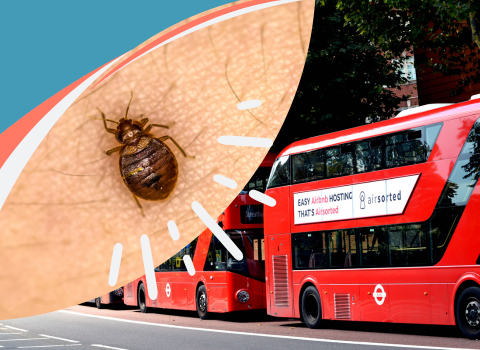
Bedbugs on Public Transport: Is it Possible?
Yes, bedbugs can be found on public transportation. These resilient pests have a remarkable ability to adapt and thrive in various environments, including public transport. Due to their hitchhiking nature, bed bugs can easily latch onto clothing, bags, and personal items, making buses, trains, and other modes of public transport susceptible to bed bug infestations.
If you’re not careful, you could inadvertently bring bed bugs home with you after riding public transport. Therefore, it’s important to know how to identify the signs of a bedbug infestation and take measures to prevent them from latching onto your belongings. By being vigilant and taking proper precautions, you can reduce your risk of encountering bedbugs on public transport.

Traveling Smart: Preventing Bed Bugs on Public Transport
Bed bugs are highly adaptable pests that can easily infest public transportation, making it important for travelers to take precautions to avoid bringing bed bugs home with them.
Here are some tips for preventing bed bugs on public transport:
Avoid bed bugs by not placing your bags or personal belongings on the floor or public transportation seats. Instead, use overhead compartments or hold them in your lap.
Check seats and surrounding areas for signs of bed bugs, including live bugs, fecal stains, or shed skins. If you suspect a bed bug infestation, move to another seat, or alert the driver.
Dress appropriately. Wearing long-sleeved shirts, pants, and closed-toe shoes can help prevent bed bugs from biting you and hitchhiking onto your clothing.
Use bed bug spray or repellent on your clothing and belongings before boarding public transportation.
After traveling, inspect your belongings and wash your clothes in hot water. If you suspect you may have brought bed bugs home with you, contact a pest control professional to inspect and treat your home.
By taking these precautions, you can reduce the risk of encountering bed bugs on public transportation and avoid bringing them home with you.
Identifying Bedbugs on Public Transport Seats
Bed bugs are known as great hitchhikers and can easily attach themselves to clothing, bags, and other personal belongings. Unfortunately, bed bugs can also infest public transport seats.
Detecting bed bugs on public transportation requires attentiveness to certain indicators. Here are the signs to watch out for:
Live bed bugs:
Bed bugs are visible to the naked eye and typically appear reddish-brown. They are similar in size to an apple seed.
Fecal stains:
Bed bugs leave behind small, dark brown or black stains on surfaces they infest. Keep an eye out for these stains on seats, walls, and other areas within public transport.
Shed skins:
As bed bugs mature, they shed their skin. These discarded skins can be found near areas with fecal stains.
Musty odor:
Bed bugs emit a distinctive musty odor often described as reminiscent of coriander or almonds.
If you spot any of these signs on public transport seats, it is crucial to exercise caution to prevent bringing them home with you. After traveling, thoroughly inspect your clothing and belongings, and if feasible, wash them in hot water to minimize the risk of bed bug infestation.
By being vigilant and taking precautions, you can reduce the risk of encountering bed bugs on public transport seats.
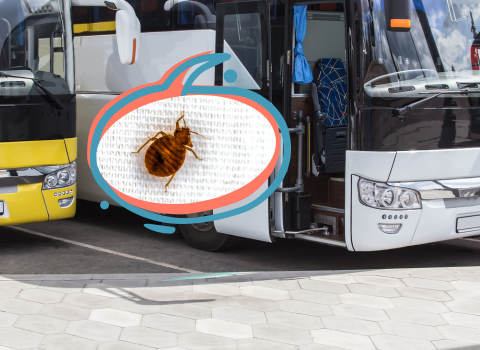
Bedbugs on Public Transport Seats: What Next?
If you have found bedbugs on public transport seats, it’s important to take action to prevent them from infesting your home. Here are the steps you should take if you spot bedbugs:
Don’t panic:
While finding bedbugs can be distressing, it’s important to remain calm and take steps to address the problem.
Inspect your belongings:
If you were sitting on the infested seat, bed bugs may have hitchhiked onto your clothing or bags. Inspect your belongings for any signs of bedbugs, including live bugs, fecal stains, or shed skins.
Launder your clothing and bedding:
If you suspect you may have come into contact with bedbugs, wash your clothing and bedding in hot water and dry them on high heat. This will help to kill any bedbugs that may be hiding in your belongings.
Vacuum your home:
Vacuuming your home thoroughly can help to remove any bedbugs that may have hitchhiked onto your belongings. Be sure to pay special attention to areas where bedbugs are known to hide, such as cracks and crevices in furniture.
Contact a pest control professional:
If you suspect that bedbugs have infested your home, contact a pest control professional for assistance. They can inspect your home, identify any infestations, and provide treatment options.
By taking these steps, you can help to prevent bedbugs from infesting your home after coming into contact with them on public transport seats.
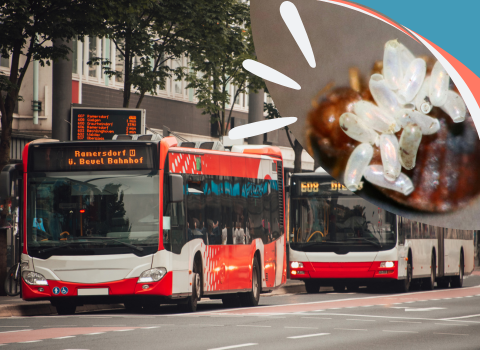
Shielding Yourself from Bedbugs on Public Transport
Bedbugs are notorious hitchhikers and can easily attach themselves to their clothing or personal belongings while traveling on public transport.
Here are some tips to shield yourself from bedbugs on public transport:
Wear protective clothing:
When traveling on public transport, it’s a good idea to wear long-sleeved shirts, pants, and closed-toe shoes. This can help prevent bedbugs from biting you and hitchhiking onto your clothing.
Keep your belongings off the floor:
Avoid placing your bags or personal belongings on the floor or seats on public transportation vehicles. Instead, use overhead compartments or hold them in your lap.
Inspect your seat:
Before sitting down, inspect the bus seat and surrounding areas for signs of bedbugs, including live bugs, fecal stains, or shed skins. If you suspect an infestation, move to another seat, or alert the driver.
Use a bed bug spray or repellent:
Before boarding public transport, consider using a bed bug spray or repellent on your clothing and belongings. This can help deter bedbugs from hitchhiking onto you.
Launder your clothing after traveling:
After traveling on public transport, inspect your belongings and wash your clothes in hot water. This kills bedbugs that may have hitchhiked onto your belongings or clothing.
By taking these precautions, you can reduce the risk of encountering bedbugs on public transport and avoid bringing them home with you. If you do suspect that bedbugs have hitchhiked onto your clothing or belongings, be sure to launder them in hot water and inspect your home for signs of infestation.

